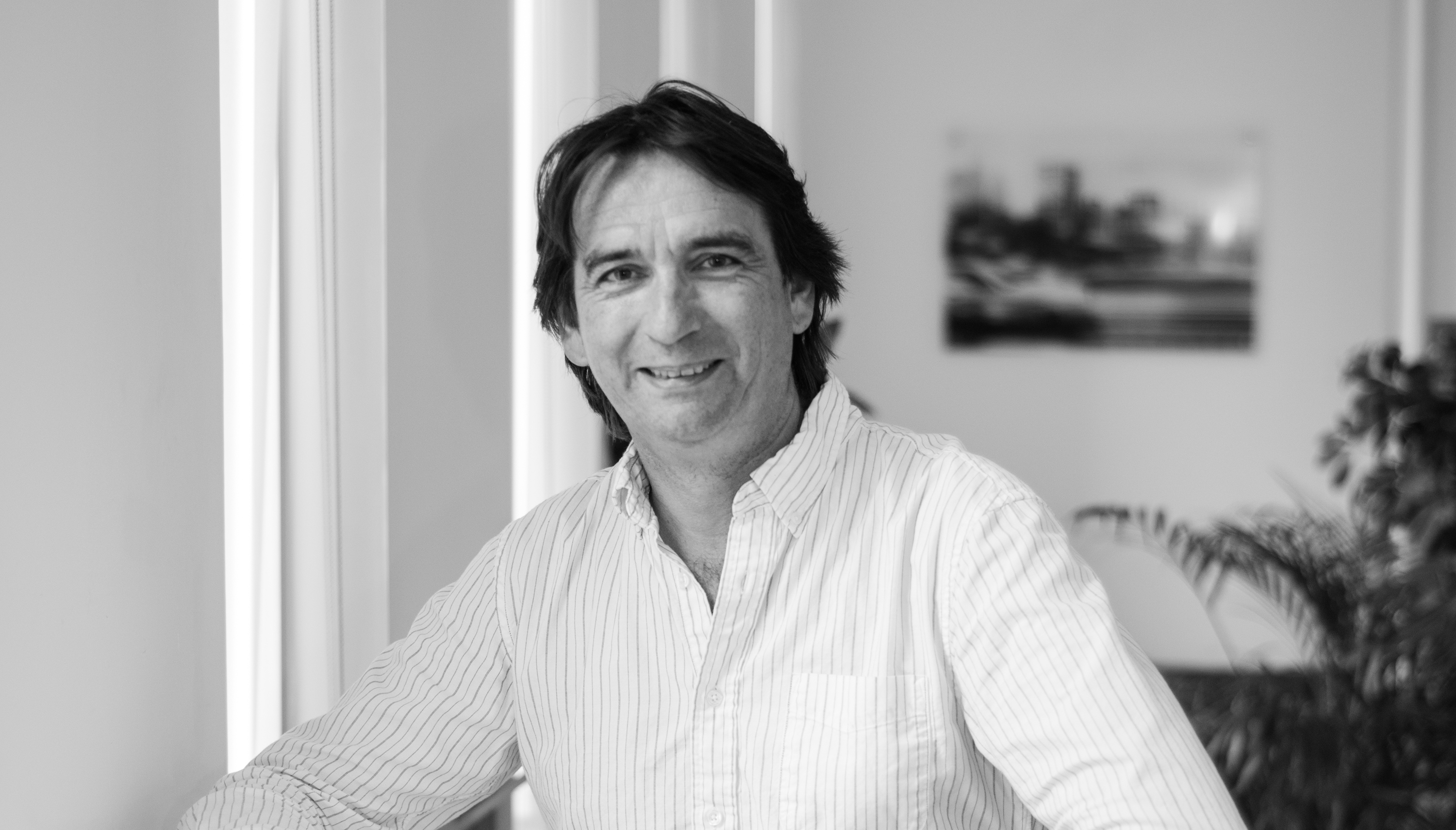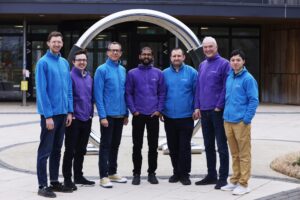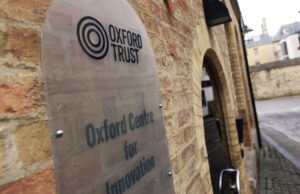Five minutes with Hugh Bettesworth at Mirada Medical
March 26, 2018

One of the OCFI’s longer-term residents, Mirada Medical is a global brand in advanced medical imaging software, mainly for cancer but for some other diseases too. We spoke to their dynamic CEO, Hugh Bettesworth to find out more.
Mirada Medical develops innovative medical imaging software that oncologists and radiologists across the world use to improve their diagnosis and treatment outcomes. By combining information from PET, CT, MR, SPECT and planar NM in any combination, Mirada’s software enables doctors to see precisely where tumours are located and monitor their change or spread over the course of treatment. “It can dramatically improve the patient’s treatment management and reduce follow-up procedures,” says Hugh.
Mirada grew out of Professor Sir Mike Brady’s Medical Vision Laboratory at the University of Oxford in the late 1990s. He developed OXCIVA, a breast imaging company and OMIA, an image registration company, that merged to form Mirada in 2001. The company was so successful that it was snapped up by US scanner manufacturer CTI in 2003, who in turn were acquired by Siemens Healthcare in 2005. Hugh then led a management buy-out of the company in 2008, acquiring Mirada technologies and their customer base. Despite its convoluted start, the company survived and started to prosper.
Cancer is a global healthcare problem and extended life expectancy are only adding to its relative importance. This means Mirada products are now increasingly needed and used around the world with the majority of their revenue generated from overseas markets, with the US commanding the lion’s share of purchases. Mirada’s success in gaining market share has partly been driven by partnering with healthcare giants, such as Canon (previously Toshiba Medical Systems Corporation) and Varian Medical, to develop and sell the software components of their key products. About fifteen per cent of Mirada’s sales are direct – into some of the world’s most prestigious hospitals, including New York University Hospital, the MD Anderson Cancer Centre in Houston, and the Oxford Cancer Centre at the Churchill, right on our doorstep. Two thousand hospitals across the globe now use Mirada products and millions of cancer patients a year are now monitored using their equipment.
The firm has fifty staff worldwide with thirty-four based at OCFI. Mainly computer vision scientists and software engineers focused on product development, they are all experts in their field and recruited from all over the world. Ever-expanding, Mirada is currently looking for six new staff for their Oxford arm.
The company likes to stay ahead of the game. Mirada has a long-track record in using state-of-the-art scientific advances to develop clinically useful products for cancer diagnosis and treatment. Recently they announced the development of an industry first: commercially available AI software, DLCExpert [TM], for “autocontouring” the patient by means of CT scans for radiation oncology. Hugh says “AI will have a transformational effect on healthcare. We’ve taken advantage of this cutting-edge technology to address an everyday clinical need in radiation oncology.” The new software automates the time-consuming clinical task of contouring for treatment planning and brings previously unseen levels of quality and consistency to the process, helping doctors direct the treatment as appropriately and accurately as possible. Clinicians that have used DLCExpert found it hard to distinguish between their own contours and those that were automatically generated.
Hugh has ambitious growth plans for Mirada. Their biggest challenge for 2018 is to raise the finance to develop DLCExpert, and commercially release it on the market place. We are pleased to know that world-class healthcare technologies are being developed under our roof at OCFI.
If you want to find out more about Mirada, visit www.mirada-medical.com
If you’d like to be interviewed for our head-to-head series, email Georgina Matthews on [email protected]



